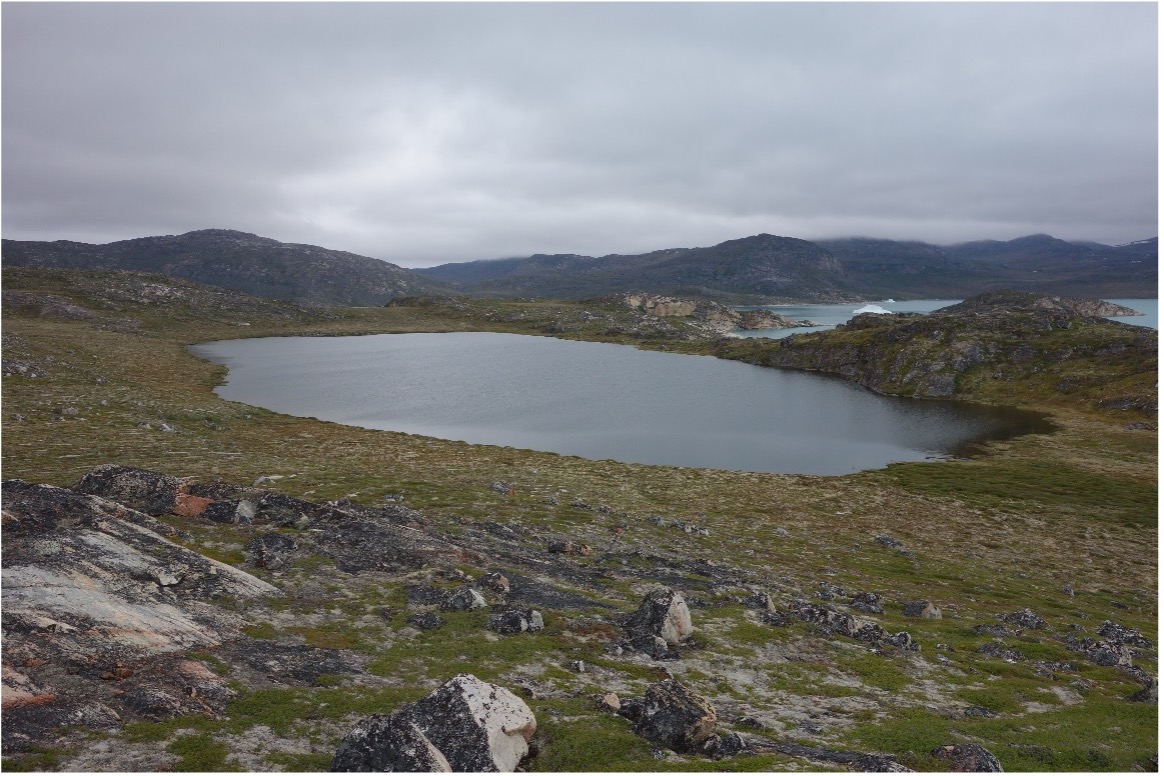Geography Available Research Project
Evidence for postglacial faulting in lake sediments from South Greenland
As the lithosphere relaxes after glaciation faults in the crust can be reactivated. This process is caused postglacial faulting. As the Greenland ice sheet shrunk following the end of the last glaciation, it is hypothesised that a postglacial fault reactivation event occurred offshore South Greenland around 10.5 ka BP (Steffen et al., 2020), where an offshore fault up to 150 km long was reactivated, causing an earthquake of magnitude ~8mW and potentially a large tsunami. This event is hypothesised by crustal modelling but no evidence onshore has yet been found to confirm that it did indeed occur. This project will investigate onshore evidence for this event by firstly creating a database of lake core records from coastal lakes in South Greenland that may contain evidence from this time period, then to access lake core material from core archives in the UK and Denmark to look for evidence in the lake sediments for shaking caused by an earthquake and sand lenses that may be evidence of a tsunami event. The project will involve both literature searches and laboratory work (sediment analysis and potentially microfossil analysis) to investigate whether there is any onshore lake evidence for the hypothesised event at ~10.5 ka BP.
Project Inquiries & Applications
For more information about this project or to discuss your research ideas contact lead supervisor: Dr Sarah Woodroffe
Key references:
Steffen, R., Steffen, H., Weiss, R., Lecavalier, B. S., Milne, G. A., Woodroffe, S. A. & Bennike, O. (2020). Early Holocene Greenland-ice mass loss likely triggered earthquakes and tsunami. Earth and Planetary Science Letters 546: 116443.
Woodroffe, S.A., Long, A.J., Lecavalier, B. S., Milne, G.A. & Bryant, C.L. (2014). Using relative sea-level data to constrain the deglacial and Holocene history of southern Greenland. Quaternary Science Reviews 92: 345-356.
Available Research Projects
See all of the currently available research projects that are recruiting students.
Research Masters
Our Research Masters provides an opportunity to develop your research expertise and advanced skills. Pursue your own top or collaborate on a project designed by a supervisor in our world-leading research environment.
Contact Us
Founded in 1928, the Department of Geography at Durham University is one of the leading centres of geographical research and education in the world.
Department of Geography
Postgraduate Study
Durham University
Lower Mountjoy
South Road, Durham
DH1 3LE, UK
Tel: +44 (0)191 33418000


/prod01/prodbucket01/media/durham-university/departments-/geography/Matt_Couchmann-3872X1296.JPG)




